Weekly Tech Recap - № 169 - New Apple SoC, 3D-printed bike, automated warehouse, VPN Filter, etc.
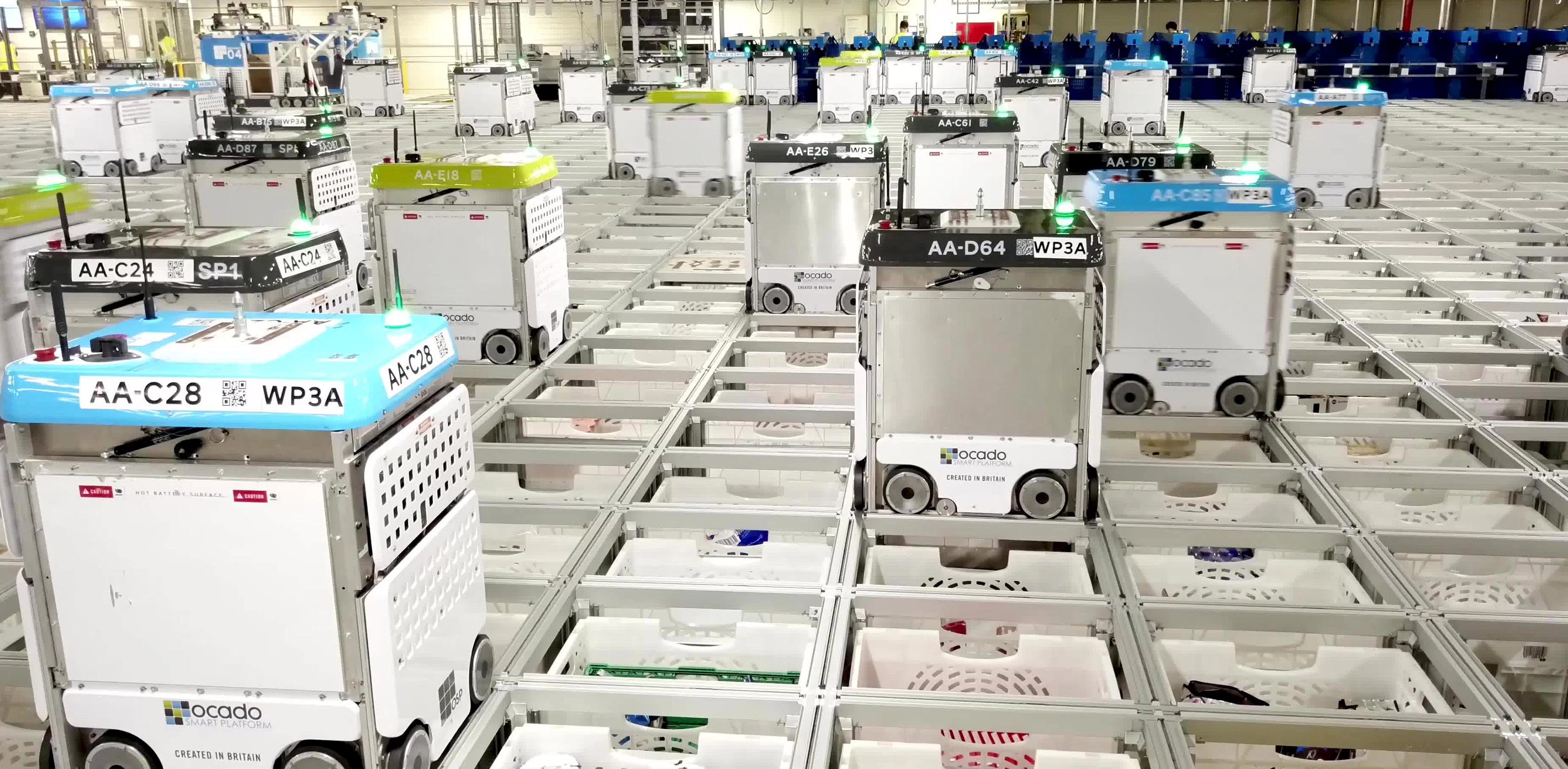
New Apple 7-nm processors
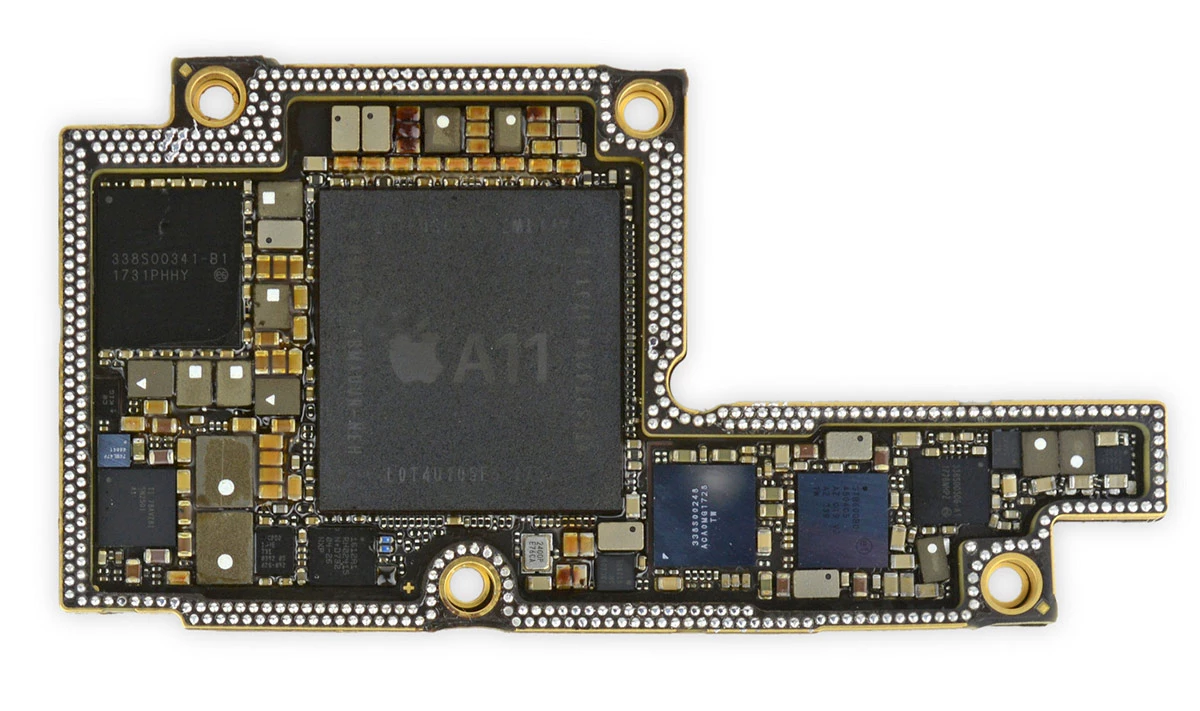
Apple APL1W72 A11 Bionic SoC (iPhone X). © iFixit.
According to Bloomberg, Taiwan Semiconductor Manufacturing Co. (TSMC) started mass production of new generation processors ahead of the launch of the new iPhone later this year. The chip, which is expected to be called the A12, will probably be the first to use a 7-nanometre process in a mobile device, something the industry has been working toward for years. The smaller the process, the more transistors can fit on a single chip, the more efficient the chip, and the less energy is necessary for the same performance. Current smartphone processors, like Apple’s A11 Bionic or Qualcomm’s Snapdragon 845, use a 10-nm process. In April, TSMC had announced it had started producing 7-nm processors, but hadn’t revealed for whom. Samsung has announced that it will be producing 7-nm chips by next year. According to enduring rumours, Apple plans to launch at least three new iPhones this fall: a larger version of the iPhone X, an update of the current iPhone X, and a cheaper model of the iPhone X with many of the same features but with a smaller, less expensive, 6.1-inch LCD screen.
⇨ Circuit Breaker, “Apple's 7-nanometer A12 processors for 2018 iPhones reportedly start production.”
3D-printed carbon bike frame
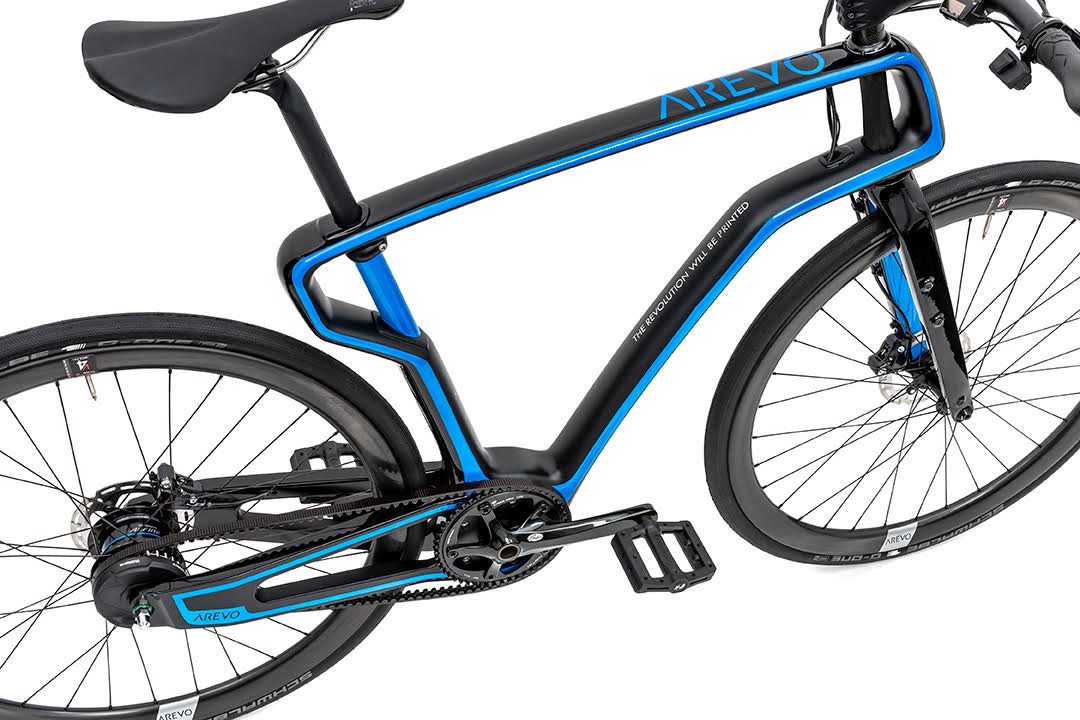
3D-printed carbon bike. © Arevo.
After the wheels comes the frame: Arevo, a Silicon Valley startup, has just unveiled a carbon-fiber bicycle frame fabricated using additive manufacturing, a world first. The company has taken a standard six-axis robotic arm and equipped it with a deposition head of their own design. The head can not only deposit carbon fiber anywhere with a high degree of precision, but it also delivers and laser-heats a thermoplastic material that binds the fibers as it goes, eliminating the need for ovens. Production cost is just US$300 per frame, which is comparable to conventional carbon frames built in Asia. Arevo designed the frame in collaboration with industrial designers at a company in Colorado called StudioWest, specialized in designing bicycles for major brands like Raleigh, Giant and Canondale.
⇨ Reuters, “Silicon Valley startup peddles 3D-printed bike.”
⇨ CompositeWorld, “Arevo in 2018: Industrialized production of continuous fiber 3D-printed parts.”
Robotic grocery store
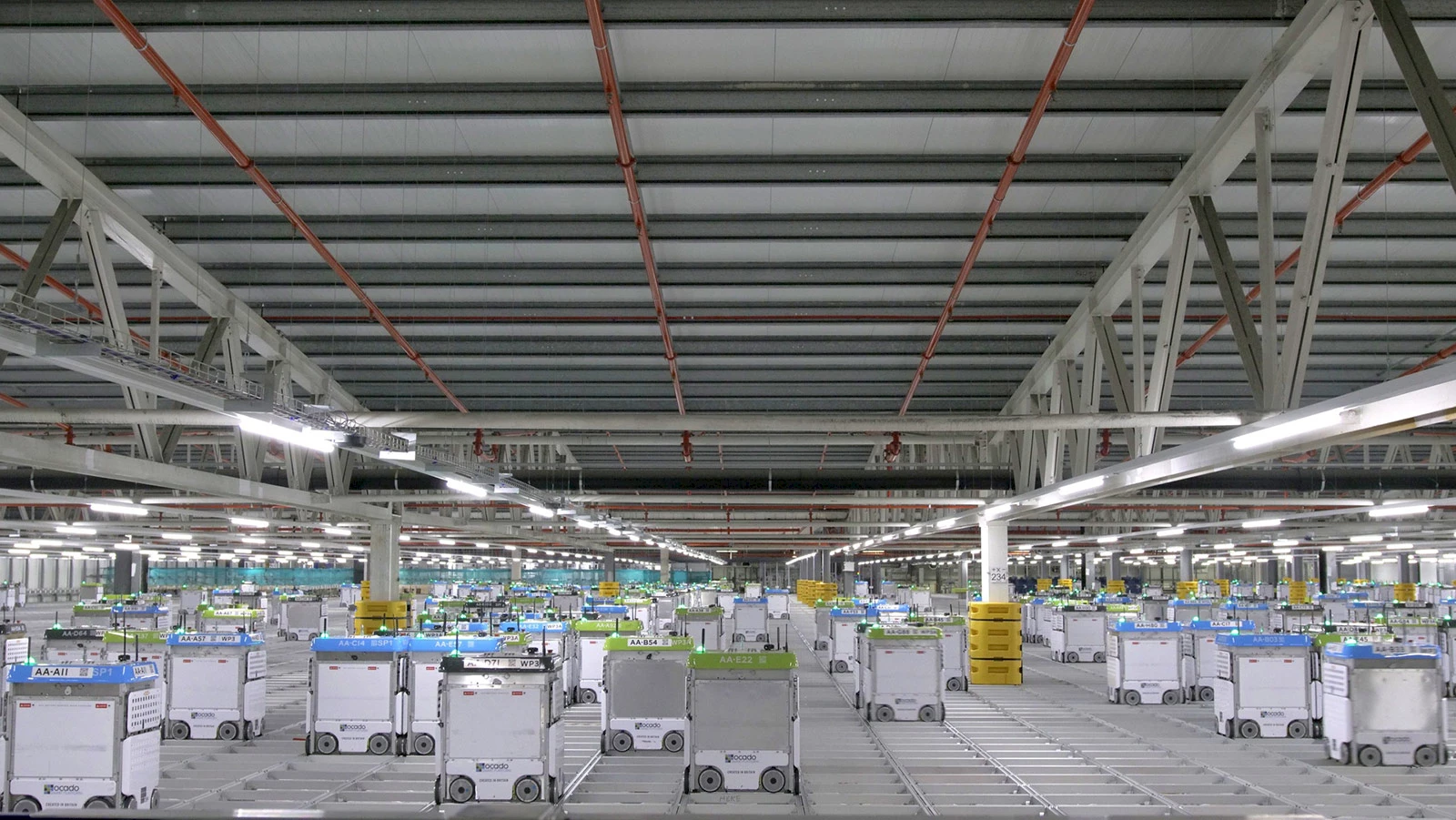
Andover warehouse. © Ocado Group.
British on-line grocery store Ocado has developed an impressive robotic grocery order assembly platform. Videos of its Andover, Hampshire warehouse are mesmerizing: a swarm of 600 robots, coordinated through artificial intelligence, swish back and forth on a rail grid suspended above stacked product bins (bins can be stacked 21 high). This grid covers an area larger than a football field. The robots can transport dozens of kilos of product at a top speed of 4 m/s (14.4 km/h) with just 5 mm of separation between them. They receive instructions through 4G technology. The position of each product bin is determined by algorithms so that products that are often ordered together, are placed together; for example, canned soup and disposable razors. A 50-product order takes about 5 minutes to assemble. Eventually, the Andover facility will have 1,100 robots. Ocado has sold the technology to several supermarket chains, like French Casino last November, Canadian Sobeys in January, and more recently, ICA in Sweden and Kroger in the US.
⇨ Fortune, “Meet Ocado, Kroger's newest weapon in its grocery delivery war with Amazon and Walmart.”
⇨ The Verge, “Welcome to the automated warehouse of the future.”
VPN Filter malware
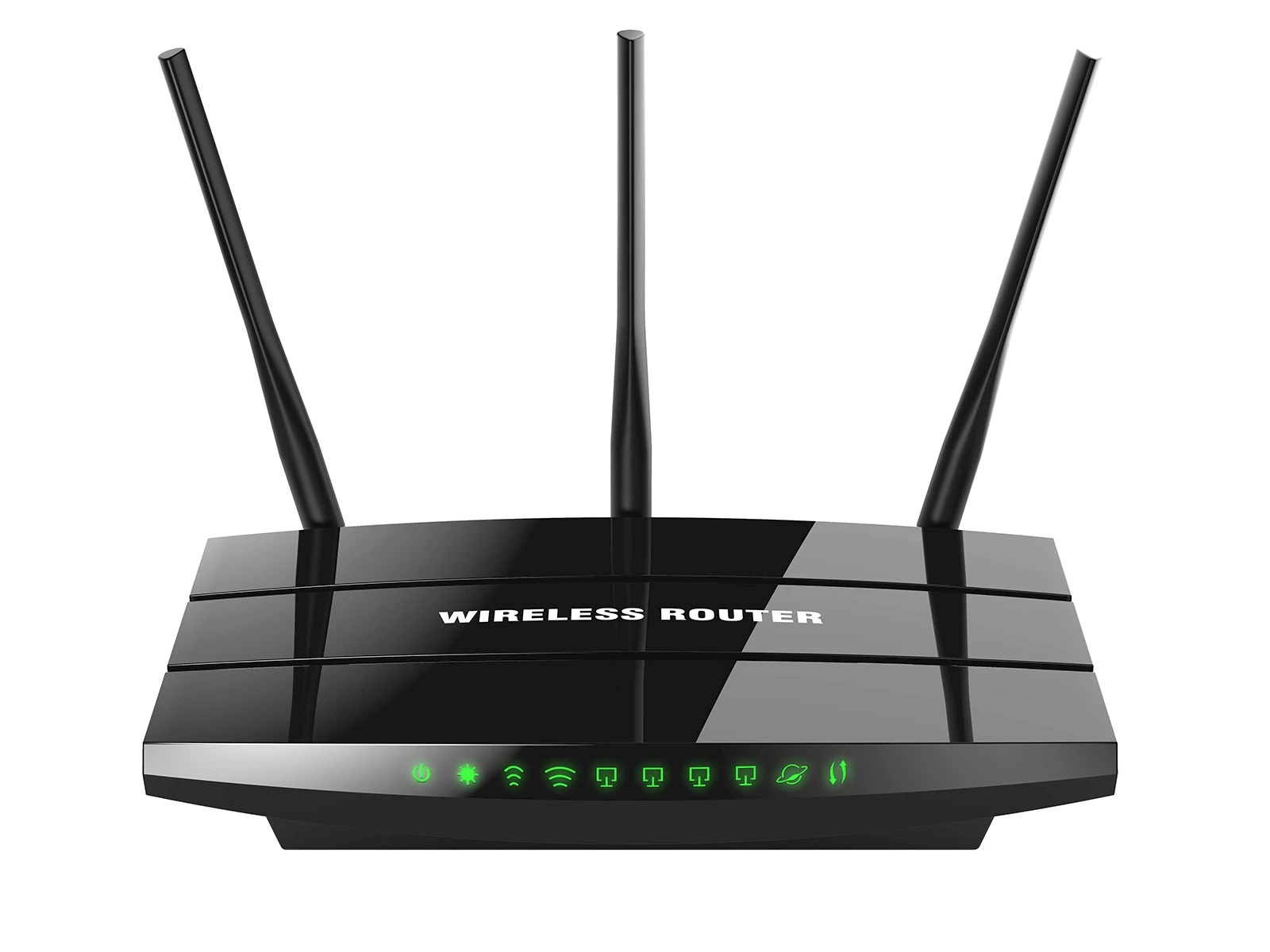
TP-Link router. © iStock.
VPN Filter, a sophisticated malware, uses known vulnerabilities to infect routers made by Linksys, MikroTik, Netgear, QNAP and TP-Link. Once installed, the malware uses a central infrastructure to install specialized plug-ins on the router. One plug-in allows hackers to listen to their victims’ Internet traffic to steal their Web identifiers; another one targets a protocol used in industrial control networks, such as in the power grid. A third plug-in allows attackers to paralyze any or all infected hardware. Together, all of the infected units in dozens of countries make up a 500,000-router strong botnet controlled by a Russian hacker group called Sofacy. However, the FBI has likely dealt a fatal blow to the botnet by erasing Photobucket photos whose metadata was being used by VPN Filter, and by seizing the domain name of a backup infrastructure after a federal court judge ordered the transfer of the name by domain registrar Verisign.
⇨ Ars Technica, “Hackers infect 500,000 consumer routers all over the world with malware.”
⇨ Ars Technica, “FBI seizes domain Russia allegedly used to infect 500,000 consumer routers.”
Echo echoes private conversations
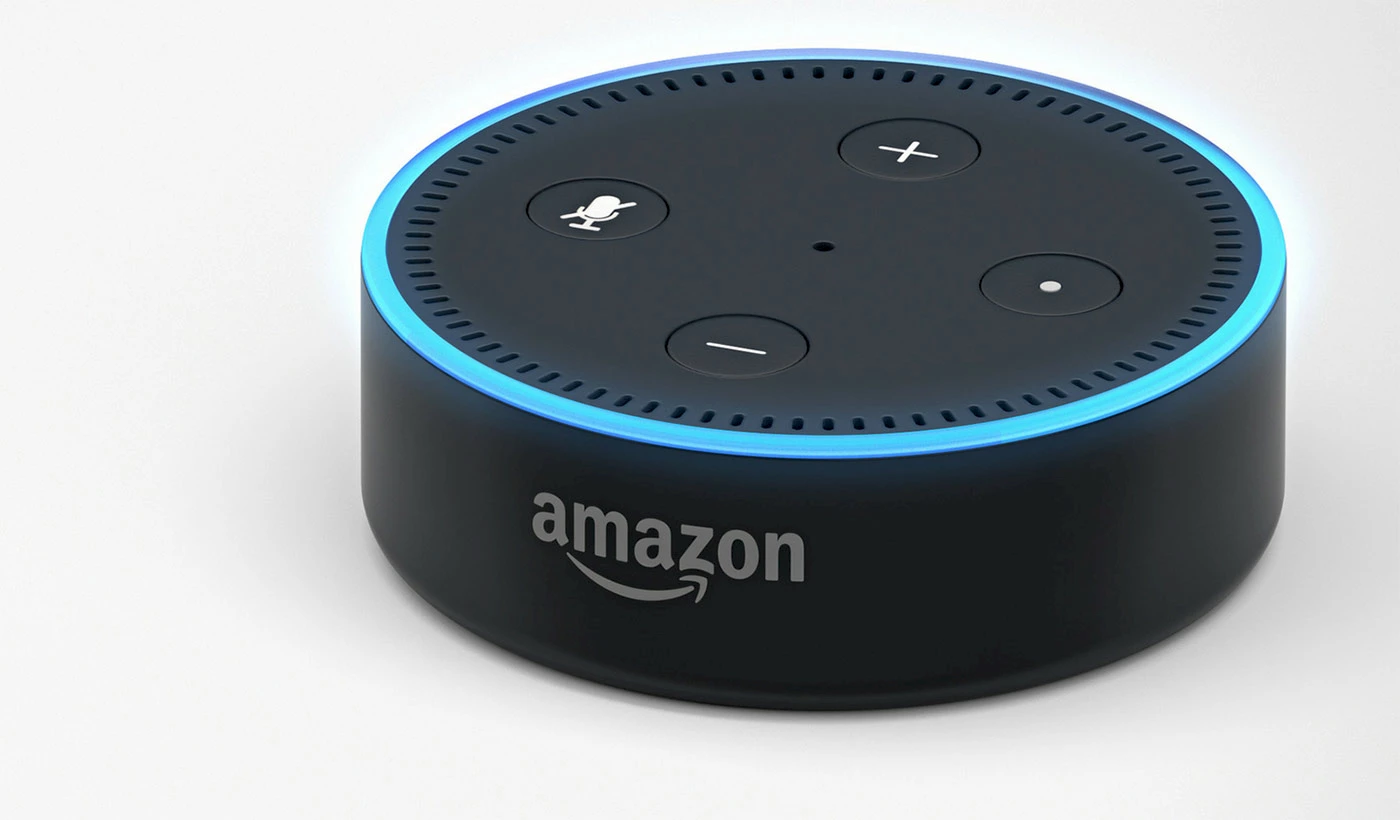
Echo Dot. © Amazon.
In Oregon, Danielle and her husband were having a conversation about hardwood floors, when a colleague of the husband called with the disturbing instruction: “Unplug your Alexa devices right now”. It would seem that one of their four devices had taken it upon itself to record the conversation, then randomly send it to one of the husband’s contacts. When informed of the incident, Amazon examined their logs, confirmed the breach and apologized. However, it wouldn’t confirm whether the devices had been specifically programmed to enable the secret recording and forwarding of sound files, nor how this specific user’s share was triggered.
⇨ Ars Technica, “Amazon confirms that Echo device secretly shared user’s private audio.”
